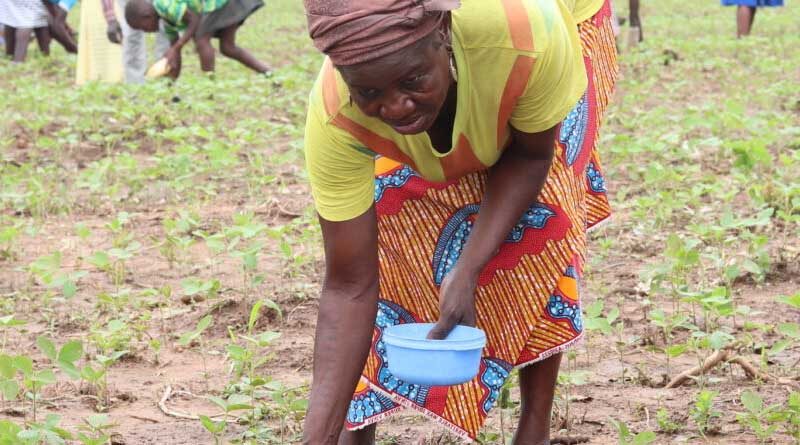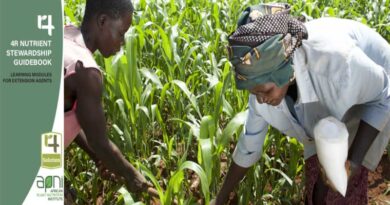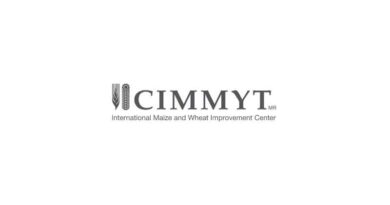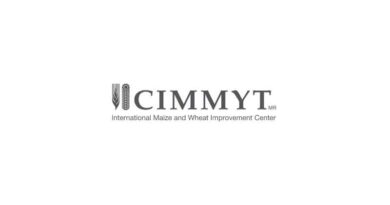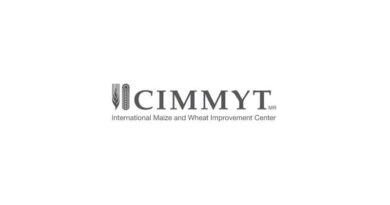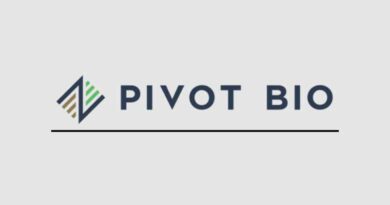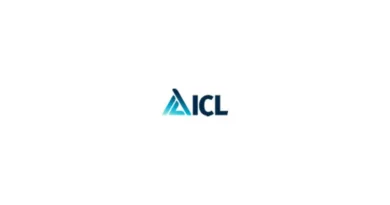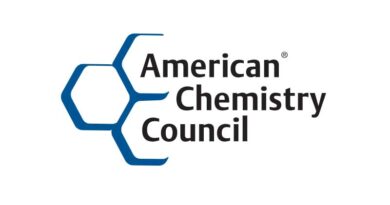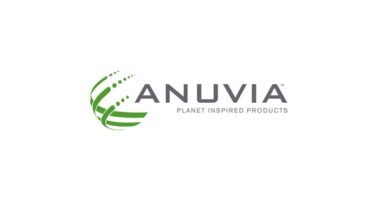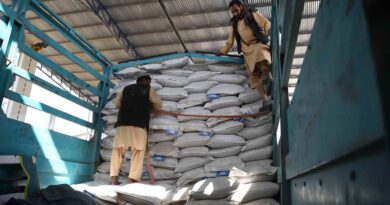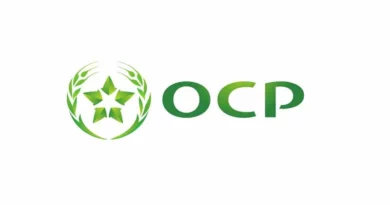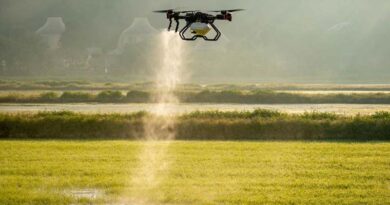Can 4R Practices Limit Nitrous Oxide Emissions From Increased Fertilizer Use In SSA?
19 April 2022, Africa: To meet future food demands for sub-Saharan Africa’s (SSA) expanding population, an increase in fertilizer use is required. Yet increased fertilizer nitrogen (N) use, can increase N2O emissions. Therefore, through its Best Management Practices (BMPs), the 4R Nutrient Stewardship framework that is used to identify how best to apply the right nutrient source at the right rate, right time and in the right place aims to optimize fertilizer use and reduce N2O emissions while boosting yields.
4R Researchers conducted a scenario analysis on the potential effects of increased adoption of 4R Nutrient Stewardship BMPs customized to control on-farm N2O emissions in SSA by 2030 and 2050. Researchers made use of FAO data on projected greenhouse gas (GHG) emissions from the application of synthetic fertilizer to calculate potential emission reductions by country. They used three different 4R practice adoption rates for each timeline (i.e., 10, 20 and 30% for 2030; and 30, 40 and 50% for 2050), based on arable cropping areas and five different emission reduction rates that represented increased specificity and efficacy of 4R practice adoption (i.e., 5, 10, 15, 20 and 25%).
Also Read: Fall Seasonal Effects Connected to E. coli Outbreaks in Bagged Romaine
Their results revealed that large amounts of N2O emissions could be avoided with increased adoption of the 4R Framework. Annual N2O emission reductions of up to 1,229 and 3,418 kt CO2e by 2030 and 2050, respectively, could be achieved in SSA with 30% and 50% adoption rates of 4R Nutrient Stewardship at a 25% emission reduction rate.
These correspond to overall emission reductions of 7.5% by 2030 and 12.5% by 2050 from total FAO annual N2O emission projections for SSA of 16,392 kt CO2e and 27,345 kt CO2e, respectively.
The white paper demonstrates that “The adoption of 4R Nutrient Stewardship practices has material climate change mitigation potential through reduced N2O emissions and will help SSA to sustainably intensify food production and improve soil health in the region”, while addressing the challenges to achieving high emission reductions and presenting the benefits and consequences of adopting the 4R Nutrient Stewardship.
A key starting point for the adoption of 4R is determining the cropping systems and farming practices of a region.- Dr. Samuel Njoroge, Co-author and Program Manager – 4R Nutrient Stewardship – African Plant Nutrition Institute (APNI)
The white paper “Can 4R practices limit the nitrous oxide emissions from increasing fertilizer use in Sub Sahara Africa?” was launched March 30 during a joint webinar organized by the Global Affairs Canada funded 4R Solution Project and Global Alliance for Climate Smart Agriculture (GACSA).
Also Read: Fall Seasonal Effects Connected to E. coli Outbreaks in Bagged Romaine

